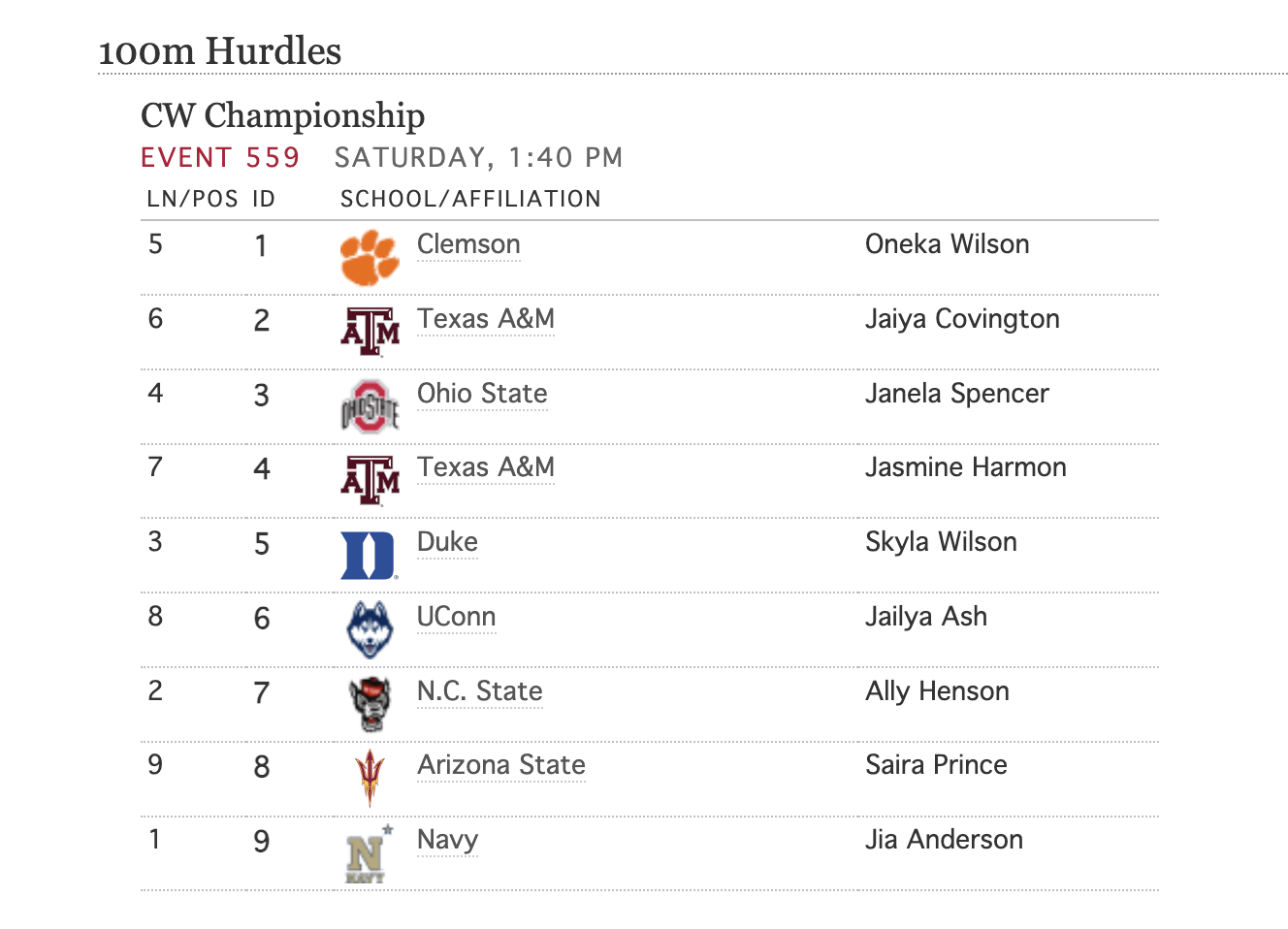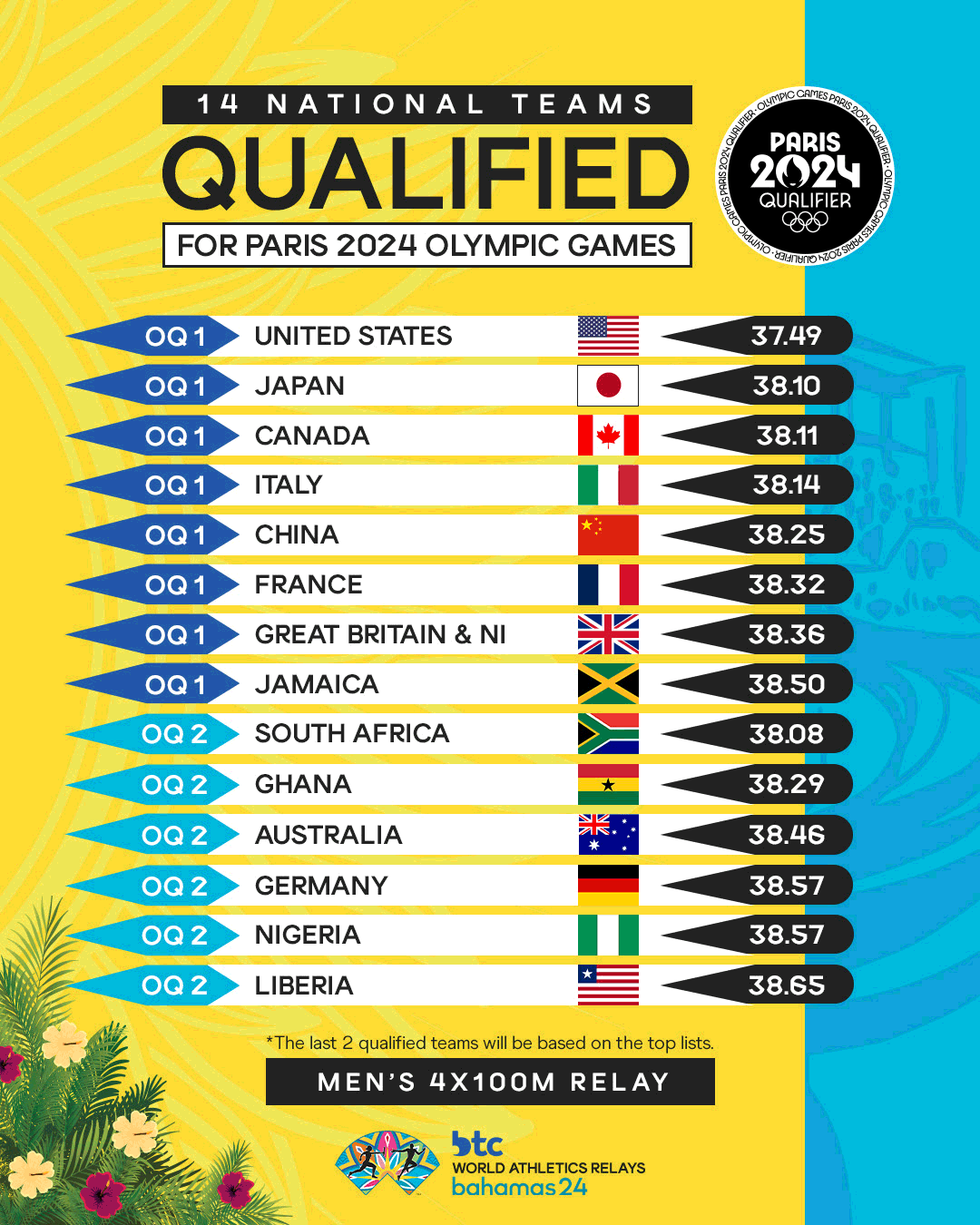As I have previously written, whenever something revolutionary makes its appearance the international athletics federation (I use this title in order to include both the IAAF and WA) rush to forbid it. Fibreglass pole vault did slip through because fibreglass poles had been around for years before their quality allowed a change in technique that revolutionised the discipline. Once Dick Fosbury won the Olympics it was too late to ban the flop. And up to the 1968 Olympics he was not considered as the number one high jumper. (And the latter is true also for Debbie Brill, who invented her "bend" around the same time, without any influence from Fosbury).
The story of the somersault long jump is a typical one where a good idea was immediately stifled by the athletic instances. Tom Ecker, a coach specialising in biomechanics, in his book "Track and Field Dynamics", discussed the problem faced by the long jumper who must reduce somewhat his forward speed in an effort to reduce forward rotation and assure his landing position. Ecker concluded that the jumper would not have to reduce his forward speed were he to perform a complete forward somersault taking advantage of the forward rotation created at take-off.
This already has the advantage to avoid any speed reduction. But, according to Ecker, this is not the only advantage over conventional jumping styles.
• The somersault long jumper's centre of mass is farther forward at take-off.
• The somersaulter takes off at a slightly higher angle, allowing his centre of mass to describe a higher, longer parabolic curve in the air.
• The somersault jumper encounters about half the air resistance as that of the conventional jumper.
• The somersauIter's feet can land much farther forward in the pit; forward rotation keeps the jumper from sitting back in the pit.
As is often the case once an idea is put forward it turns out that some people had already heard something similar years before. Ecker said that he had never heard of the somersault before 1970. However once the book was published he met another coach who said he had seen a somersault long jump performed in 1947. He also heard from a reader of the book who claimed to have seen such a jump in 1925. Be that as it may, the ideas of Ecker appealed to several athletes who started experimenting with this technique.
D. Nielsen was a pole vaulter (with a 5.33 m personal best from 1977) who in 1973 experimented with the somersault technique reaching almost 7 m despite being a mediocre long jumper. He demonstrated his technique in Sweden and from there the somersault reached Germany. B. Stierle, a long jumper with 7.59 m personal best (European indoor bronze medalist from 1968) experimented with the salto (as it was called in Germany) and in February 1974 in Böblingen jumped 7.42 m at the South German Championships generating great media attention. (B. Stierle never stopped jumping (but in the conventional style). We find his name among master medalists and best performers for ages from 60 to 75. And since he just turned 80, he may pursue his athletic career in this higher age group).
B. Jenner, the future olympic decathlon gold medalist experimented with the new technique but little is known about his performances, although there are claims that using the somersault technique he was jumping further than with the conventional one. (Truth be told, Jenner was not a great long jumper and it is quite possible that the somersault would bestow him some advantage).
T. Delamere jumping in the somersault style
When you look for info on the somersault long jump the first name you bump into is that of John Tuariki Delamere. Delamere was an athlete from New Zealand. He participated in the 1974 Commonwealth Games where he finished a disappointing 9th with 7.31 m. Returning the the US, where he was studying, he decided to give the somersault a try. After some experimentation in the pole vault pit he started jumping in the sandpit (often landing on his butt) and after a few weeks' training he was ready to try his newly acquired technique in competition. His first jump in the Pacific-8 T&F championships was a foul but on the second he landed at the 8.40 m mark. Not having perfectly mastered the technique, he fell back and his jump was measured at a mere 7.79 m. This is the best long jump somersault performance to date. Delamere pursued his career in long jump (unfortunately with the conventional style) registering a (windy) 7.92 m personal best in 1982.
The era of the salto long jump in athletics lasted only a few months. At the request of the German Athletics Association, this technique was banned in 1974 at the Congress of the World Athletics Association in Rome without official justification. According to the US delegate P. Sober "Some members of the committee felt that the method is so different that it is not the event traditionally known as the long jump". Asked why no similar action was proposed when the flop high jump appeared, Sober said soberly, "There was nothing we could do about the flop because it was in wide practice before we could do anything about it".
And so we will never know what was the real potential of the somersault technique. What a pity!






